If you have ever tried to get a really nice photo of your dog, then you know what a challenge it can be—they never look like those calendar images, that’s for sure! Photographer Central is a free, online resource with no registration required that matches you to professional photographers in your area based on filters like preferred location, budget and style. Amiee Stubbs is a professional photographer listed on the site and has shared with us some of her tricks to better dog photos. Of course, you can always hire a pro like Amiee to do the work for you.
#1 – Pre-Photo Prep
I always like a pet to be groomed & brushed sometime before their shoot. A new, clean collar will look a lot better than a dirty or tattered one, too. I don’t recommend feeding them before the session, so they will be more treat motivated. Most dogs will sit and look at the camera if there’s a treat in it for them.
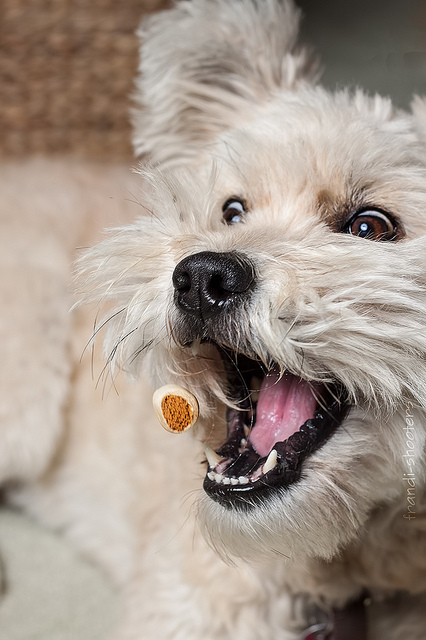
#2 – Keep the Focus
I love to use a variety of scenes in my pet photography, but I always try to find some natural areas with plants and trees. You can get a nice, classic pet portrait in a spot like that. No matter where you shoot, keep in mind that your main subject is the pet, and shooting with a shallow depth of field will help them stand out in your image.
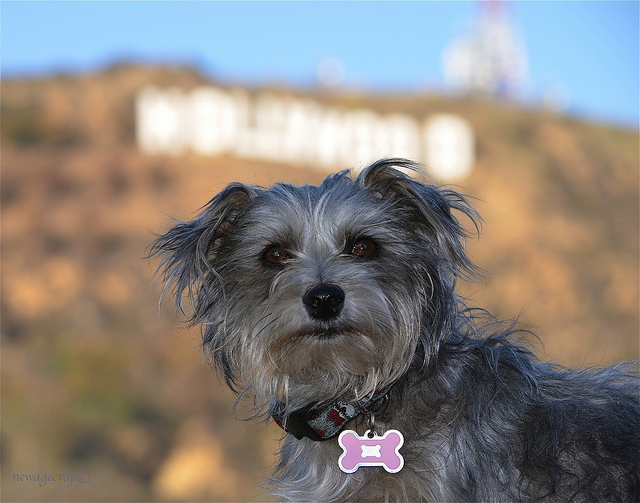
#3 – Color Coordinate
I’ve never used [a color wheel] myself, but I definitely take the dog’s color into consideration when choosing what’s behind them in their photographs.
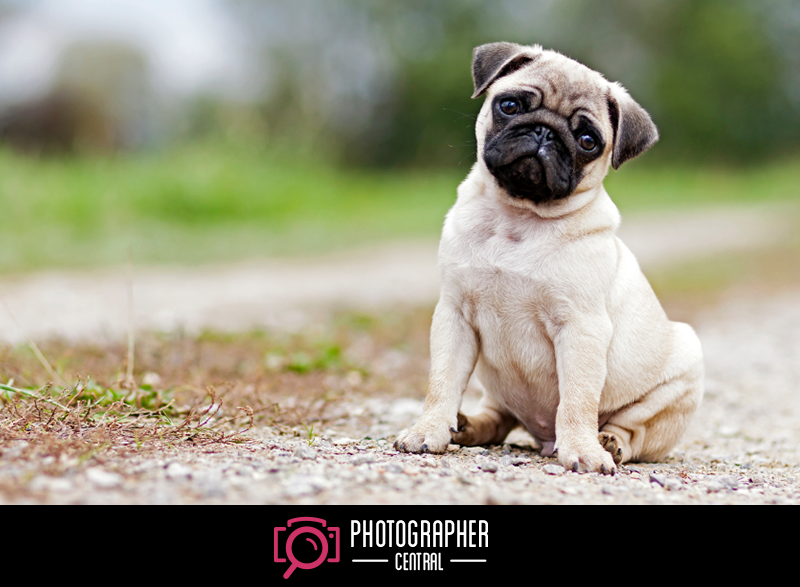
#4 – Catching the Blur
When photographing active dogs, I keep my shutter speed fast, and that prevents motion blur. With dogs that are highly active, you’ll probably need to take more photos in order to get that perfect shot. Most dogs will start to get tired as the session progresses. With hyper dogs, we might start the session taking a group walk, and that can help them calm down before I get started with the photos.
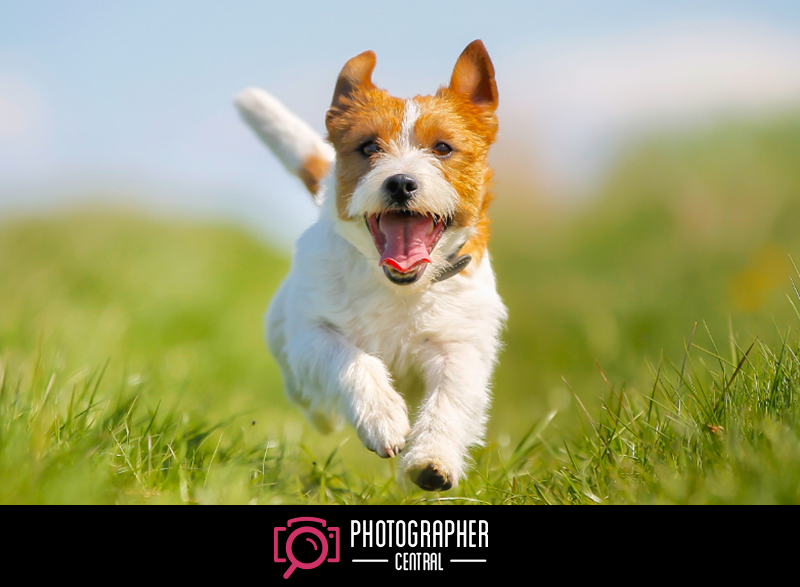
#5 – Helping Hands
I almost always have an assistant with me on my pet shoots. Someone to hold the leash and give out the treats. When I’m doing large groups of dogs, I make sure almost every dog has his own handler. We usually keep them all leashed which helps them stay in place, and then I remove the [leashes] later in Photoshop.
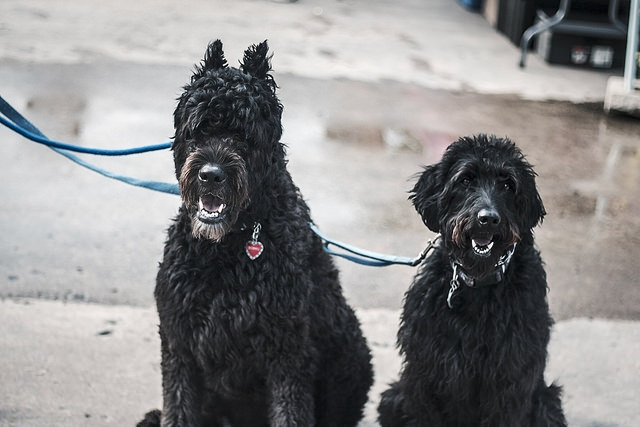
#6 – Time of Day Tips
I prefer that beautiful light before sunset, but I’ve done some great shots in the early morning, too. If you’re not very experienced with your camera, or even if you are, a great time to photograph a white dog would be on an overcast day. That way there’s no harsh sunlight on their fur.
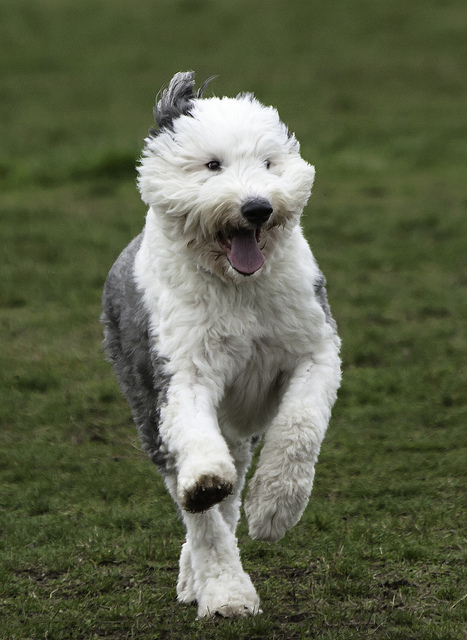
#7 – How to get Pricked Ears
I make a lot of strange noises during my pet sessions, and have an arsenal of squeaky toys to get their attention.
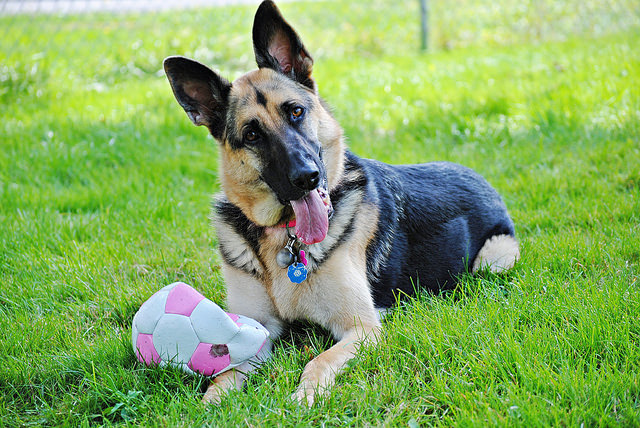
#8 – Black Dogs
With any black animals, I usually overexpose the shot. This will bring out the details in the fur, and should prevent their eyes from becoming black holes. I rarely ever use flash with my pet photography, but I almost always use reflectors to bounce some light onto their fur and into their eyes.
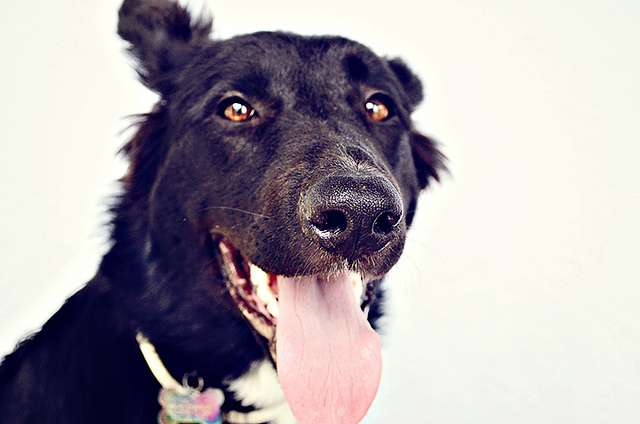
#9 – Pay Attention to the Dog
If you’re interested in pet photography, it is very important to understand animal behavior. You don’t want a pet or person to get hurt during the session. A pet’s safety and comfort always need to be your top priority.


Comments are closed.